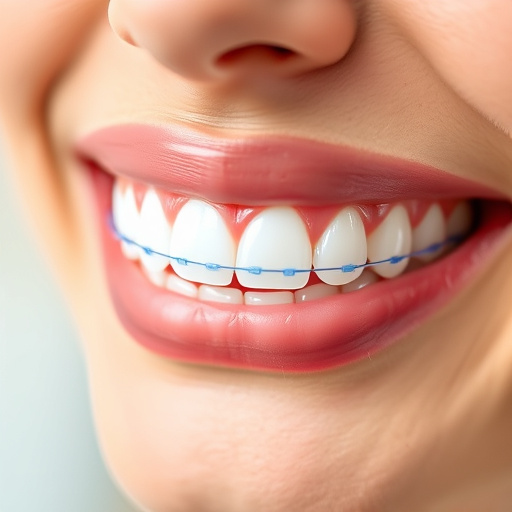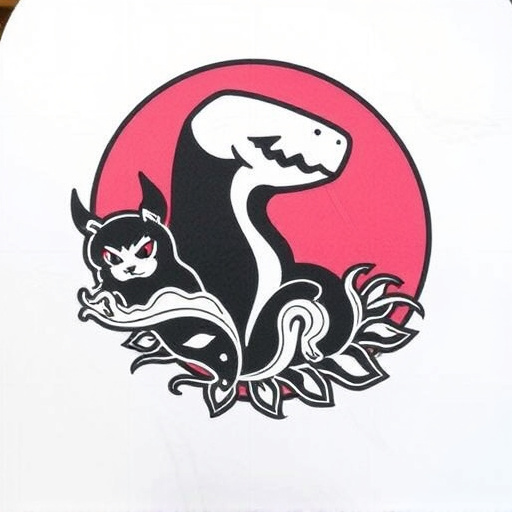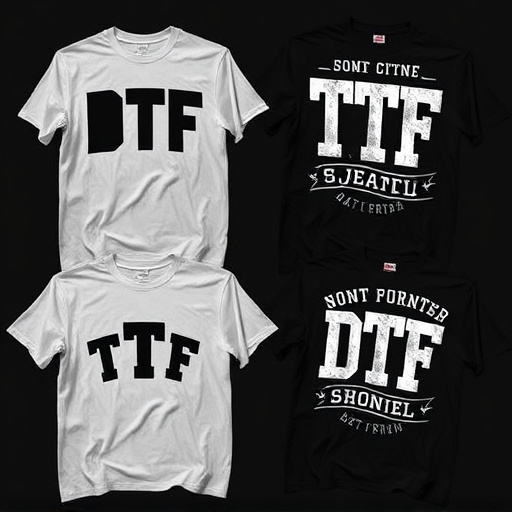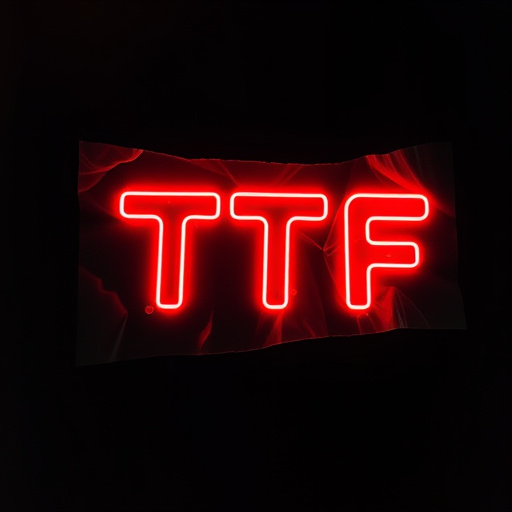DTF Adhesive Powder is a versatile material for textile applications, offering heat resistance up to 350°F and effective bonding with cotton and polyester. Coarser powders provide better flow while finer particles enhance adhesion. Proper surface preparation and pressure application during printing are crucial for optimal results. Even application using a clean workspace, fine-tipped brush, and regular brush cleaning ensures consistent quality in DTF printing and transfers.
Discover the secrets to achieving flawless results with DTF Adhesive Powder through this comprehensive guide. Learn how to unlock the full potential of this versatile material by understanding its unique properties and applying best practices. From surface preparation techniques that enhance bonding strength to consistent application methods ensuring even coverage, this article covers everything you need to know. Master these steps for superior craftsmanship when working with DTF Adhesive Powder.
- Understanding DTF Adhesive Powder Properties
- Preparing Surfaces for Optimal Bonding
- Techniques for Consistent Application
Understanding DTF Adhesive Powder Properties

DTF Adhesive Powder is a versatile material with unique properties that make it ideal for various applications, especially in the textile industry. Understanding its characteristics is key to achieving even adhesion during the printing process. This powder is designed to withstand high temperatures, making it suitable for heat press techniques used in dtf printing for light fabrics. Its ability to bond with a wide range of materials, from cotton to polyester, ensures efficient and durable results.
When using DTF Adhesive Powder, it’s essential to consider factors like particle size, which impacts its flow and coverage. Coarser powders may provide better flow, while finer particles offer enhanced adhesion. The dtf printer operator should also be mindful of the pressure applied during the printing process, as this directly affects the powder’s activation and subsequent bonding with the fabric.
Preparing Surfaces for Optimal Bonding

Before applying DTF Adhesive Powder, ensuring that surfaces are properly prepared is paramount for achieving optimal bonding strength. Start by cleaning both the substrate and the transfer material thoroughly to eliminate any grease, dust, or debris that could interfere with adhesion. This often involves using alcohol wipes or specialized cleaners designed for removing contaminants from printed materials.
Additionally, it’s crucial to roughen the surface of the substrate slightly to increase its tackiness and promote better contact with the adhesive powder. Methods like sanding or applying a primer can achieve this, especially when working with smooth surfaces. When preparing for dtf printing or applying cold peel dtf transfers via a heat press, paying close attention to these details ensures that the final bond is strong and long-lasting, enhancing the overall quality of your projects.
Techniques for Consistent Application

Achieving an even application of DTF Adhesive Powder is key to successful DTF prints and high-quality DTF transfer sheets. Start by preparing your workspace with a clean, well-lit area. Use a fine-tipped brush designed for adhesive application; this tool allows for precise control over the amount of powder dispensed. Move the brush in smooth, even strokes across the fabric, ensuring full coverage without creating clumps or uneven areas. For best results, maintain a consistent distance between the brush and the fabric, allowing the adhesive to settle evenly.
Regular cleaning of your brush between applications is essential. Remove any excess powder by tapping it off onto a clean surface, then store the brush in a sealed container until the next use. This process minimizes the risk of contamination and ensures each DTF printing for dark fabrics session begins with a fresh, accurate application technique.
Applying DTF Adhesive Powder evenly is an art that, when mastered, opens up a world of possibilities in various industries. By understanding the unique properties of DTF adhesive powder, preparing surfaces meticulously, and adopting consistent application techniques, you can achieve superior bonding results. These best practices ensure optimal performance and durability for any project utilizing this advanced material.














